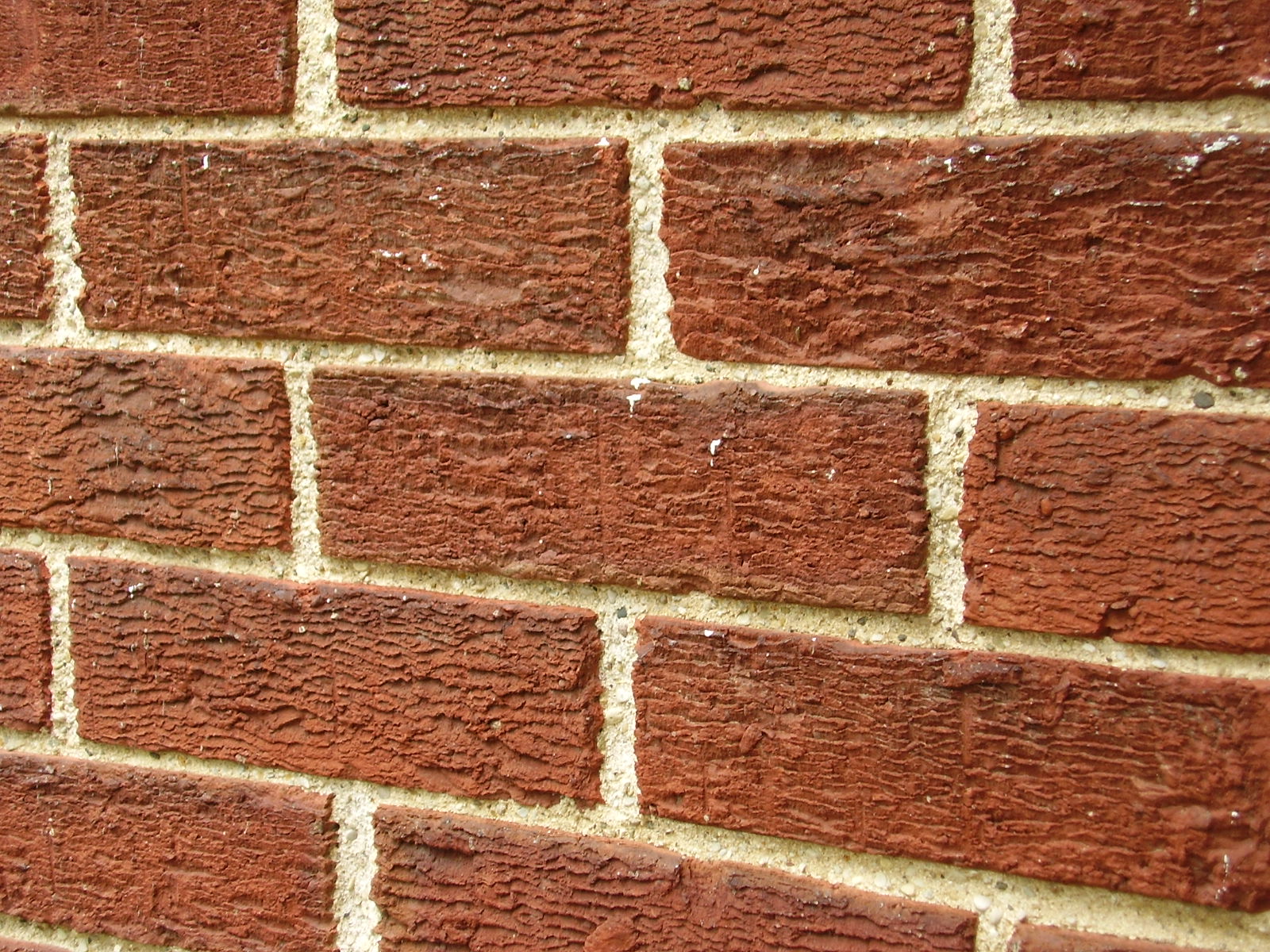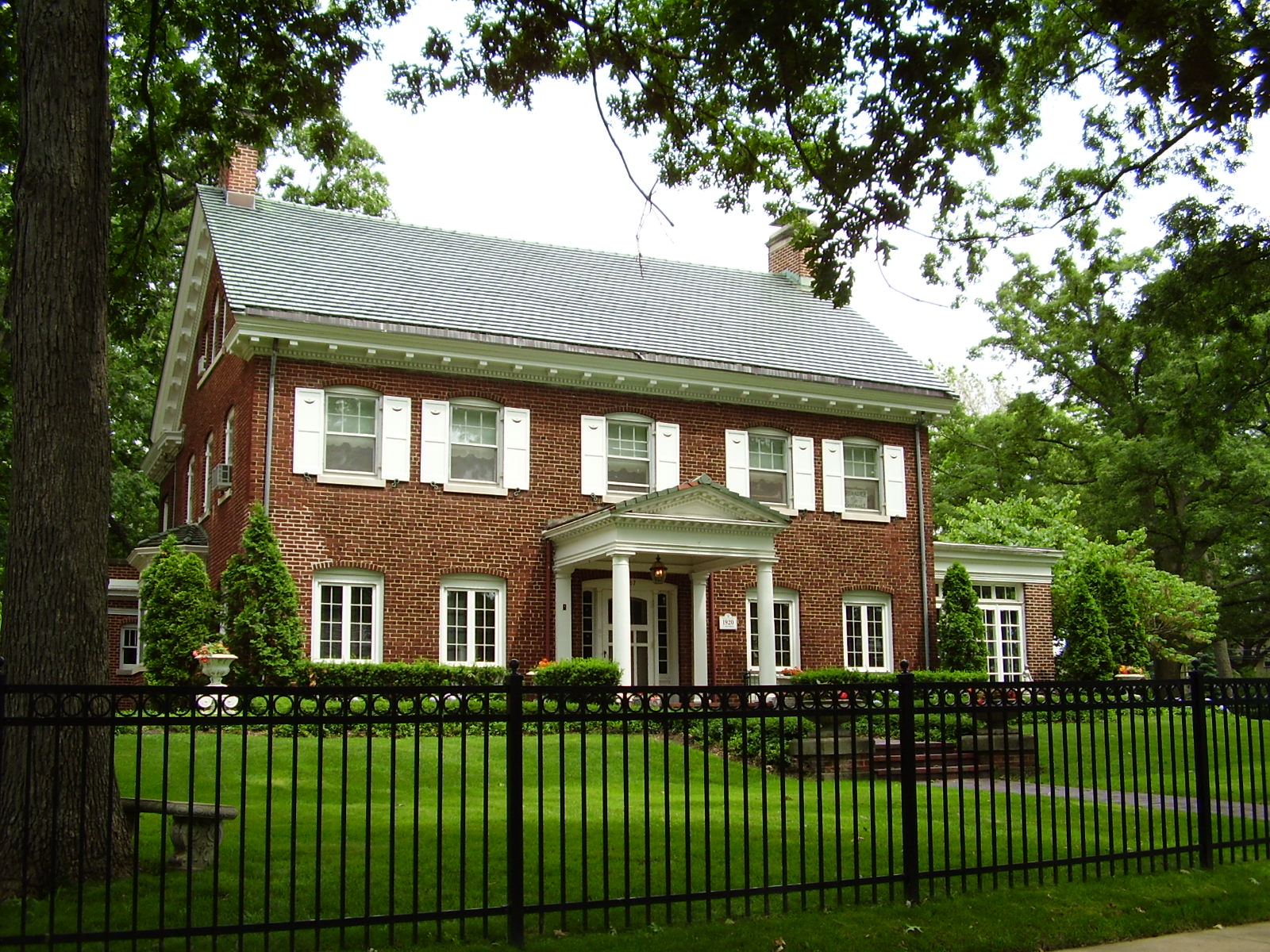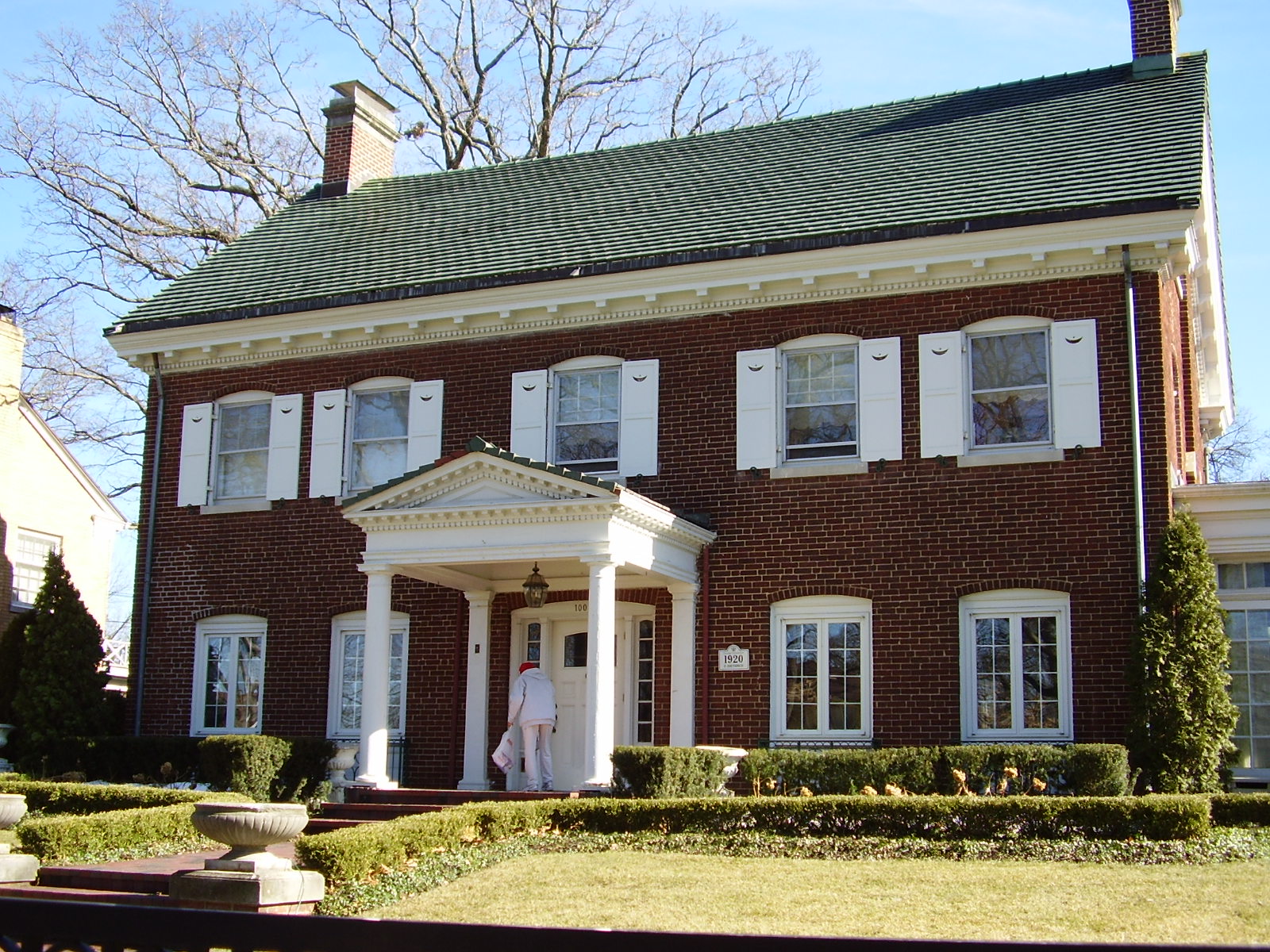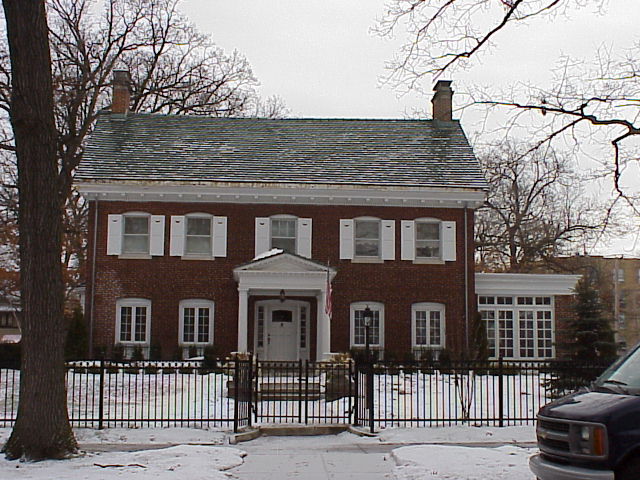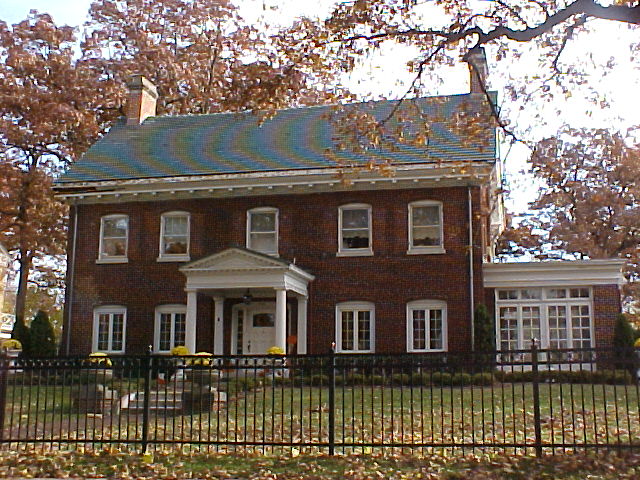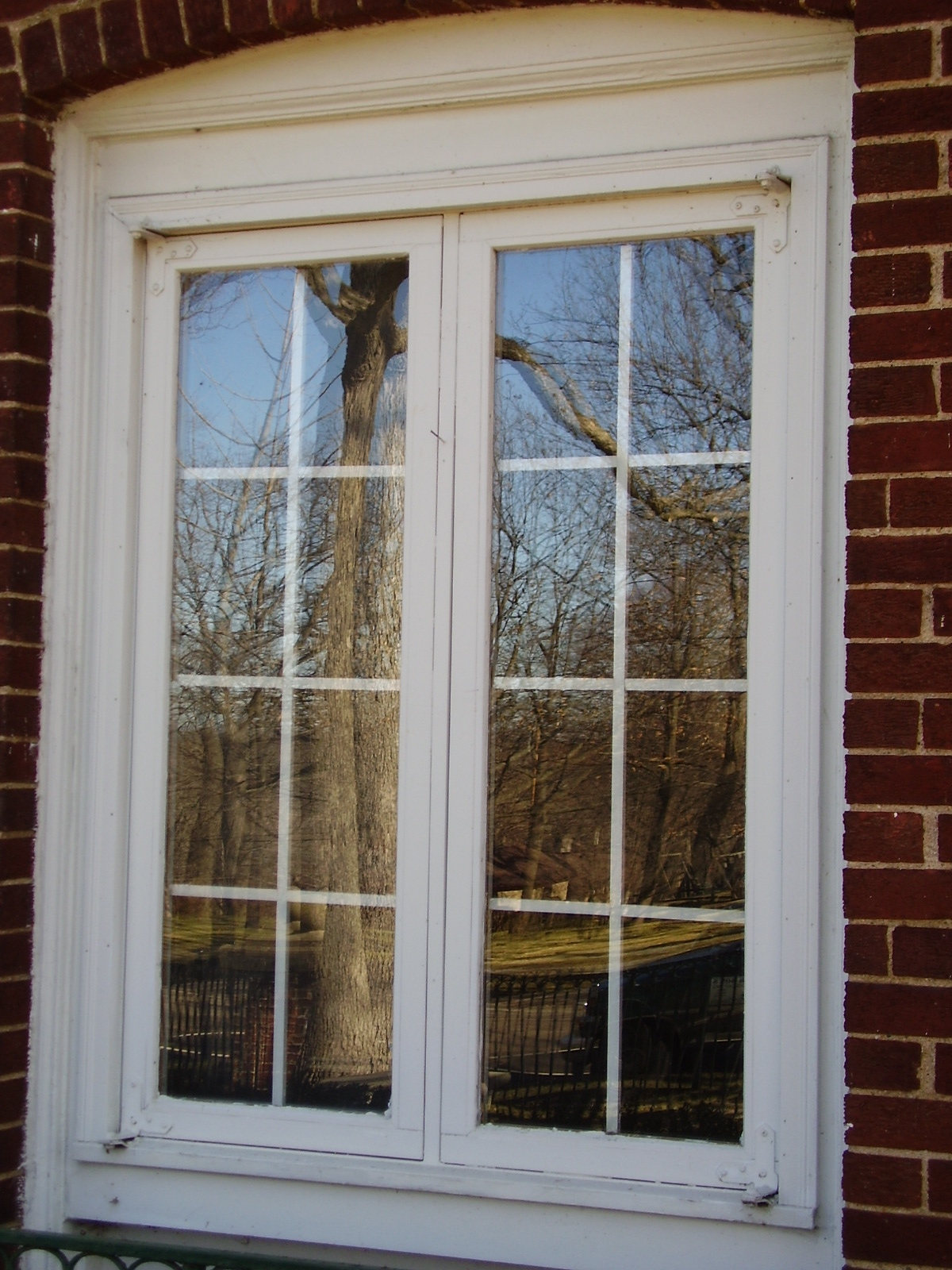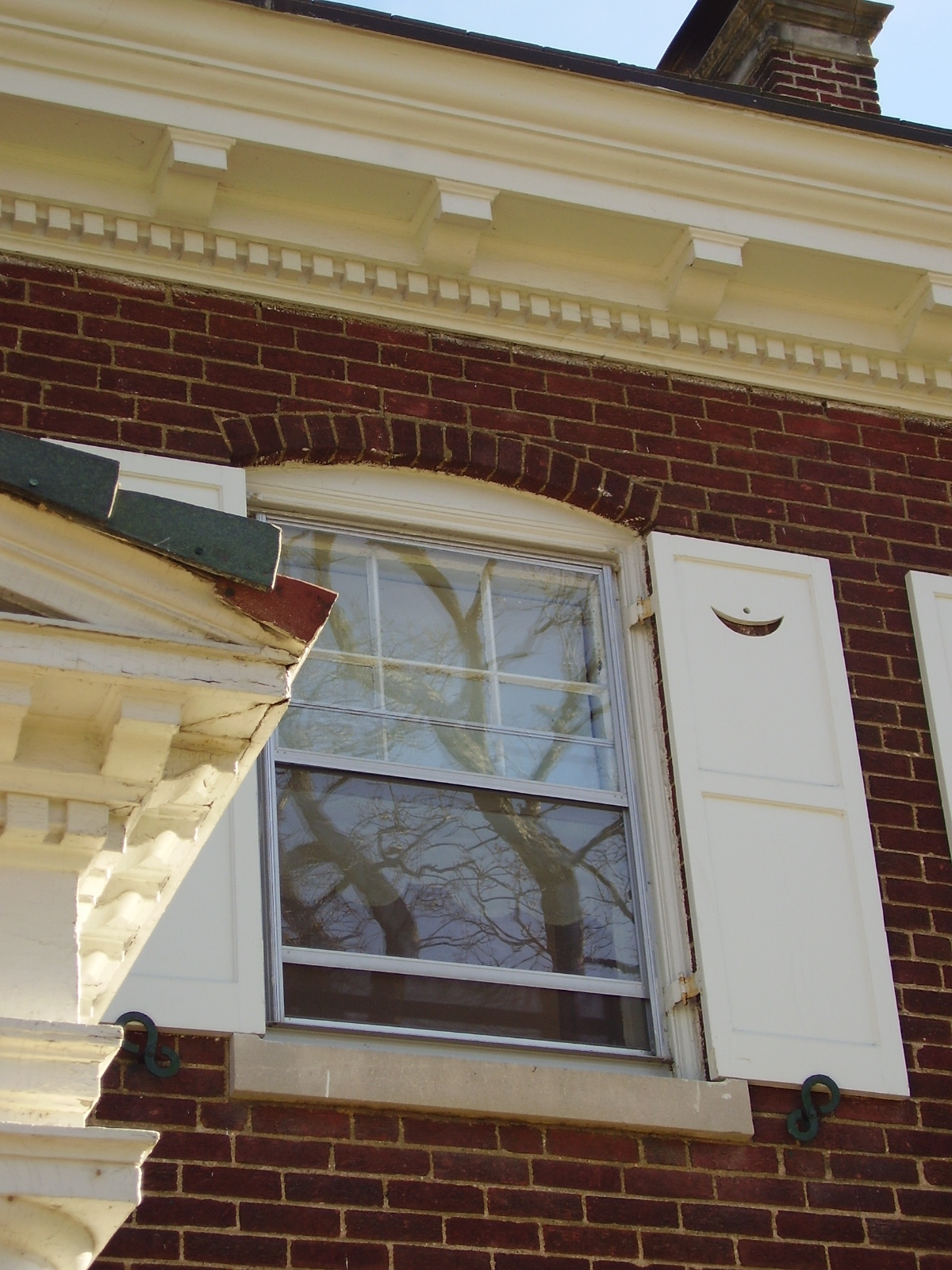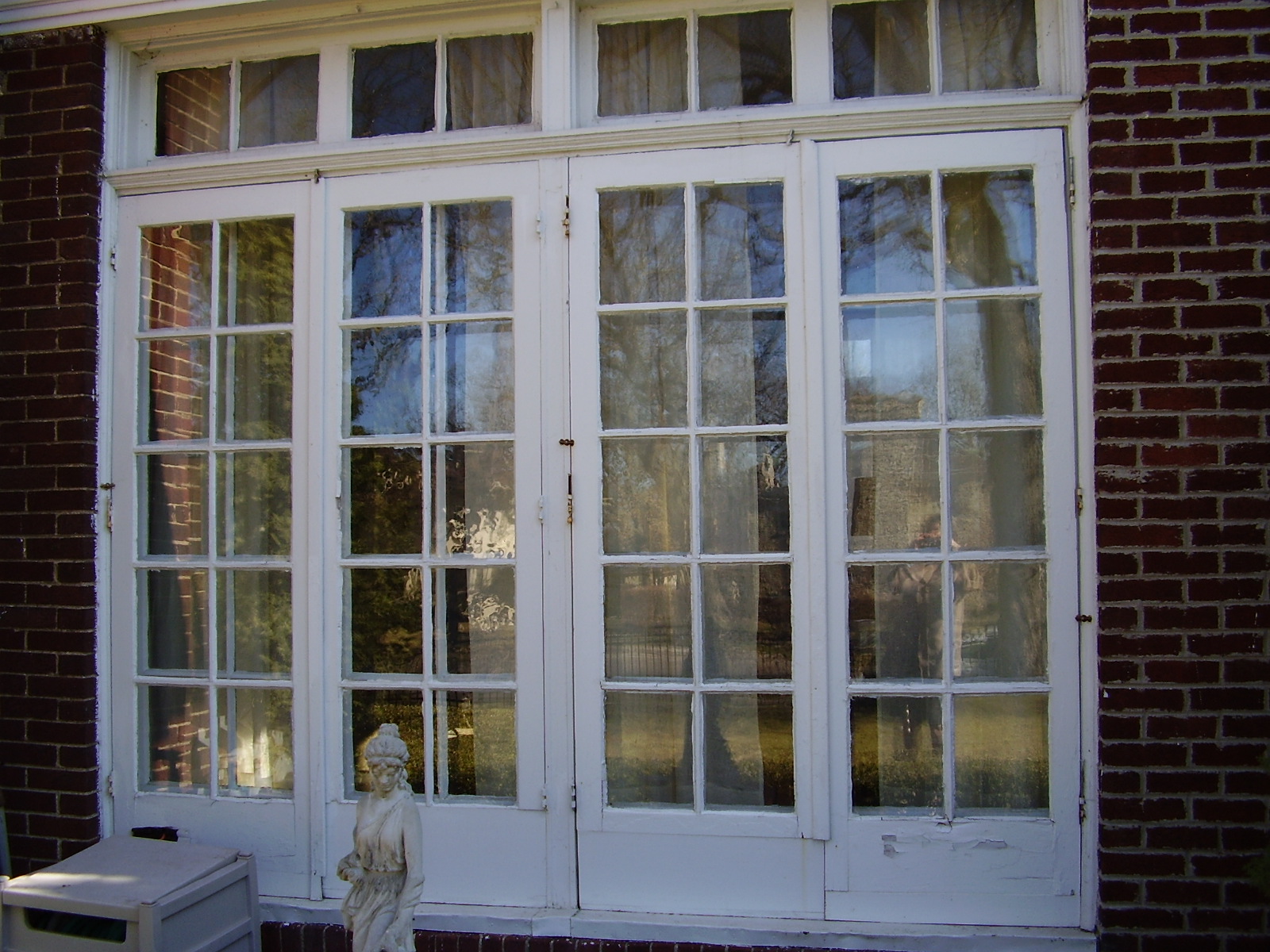1007 DOUGLAS AVENUE
HISTORIC SIGNIFICANCE
The Elgin City Directory of 1921-22 is the first time a listing is seen for 1007 Douglas Avenue. Its first residents, Fred and Freada Dieterich, were one of three notable Elgin families. Fred came to Elgin from Sandwich, Illinois in 1898 and worked for Ziegler Brothers hardware business. By 1903, he had gone into a partnership with Royal Kimball to open their own business, Elgin Stove and Oven Company. Business boomed and eventually the duo moved to a four acre property along North State Street. In 1924, Dieterich and the Elgin Stove and Oven Company began producing gas ovens that propelled their success nationwide.
When Fred and Freada sold their 1007 Douglas home in 1935, the next prominent Elginite moved in; Frank McCarthy. He resided in the home from 1936 to 1940 and again from 1946 to 1962. In 1918, he was elected representative to the Illinois State Legislature. Frank was a member of the McCarty & McCarthy law firm in Elgin and gained relative fame through some of the cases he tried. As such, he was appointed chairman of the governor’s farm advisory committee to keep an eye on the interest of Illinois farmers.
In the years of McCarthy’s absence from the home, 1007 Douglas was home to D. Scott Campbell. Mr. Campbell, as acting Vice President, was the driving force behind the decision for prominent business McGraw Electric to move its Toastmaster division to Elgin. After moving to Elgin, Campbell became the President of the Toastmaster division, famous for its Art Deco styled toasters.
After McCarthy sold 1007 Douglas in 1962, only a few owners have owned the home in the subsequent years.
ARCHITECTURAL SIGNIFICANCE
1007 Douglas Avenue sits within the Spring-Douglas Historic District, and is listed as contributing to the historic significance of the area in the corresponding National Register nomination form.
The house is a fine example of the Colonial Revival style. Some common characteristics of this style seen on 1007 Douglas include the 5 ranked second floor windows on the façade, the cornice consisting of two sets of dentils, the symmetry, the segmented arch multi-paned windows, and the portico supported by classic columns.
TIMELINE OF PREVIOUS OWNERS
Sources: 2002 Heritage Plaque Application; Audio: TextAloud
